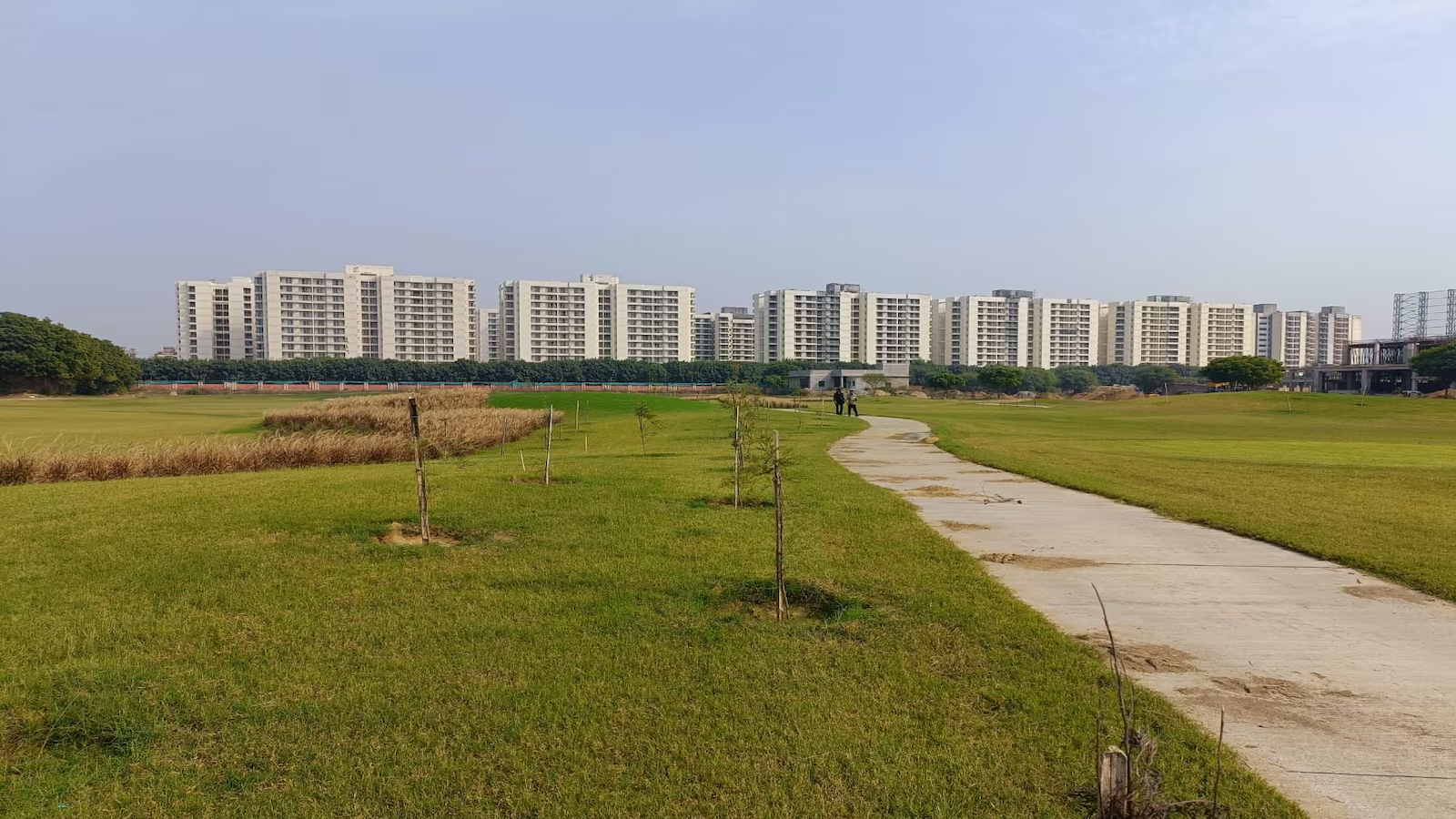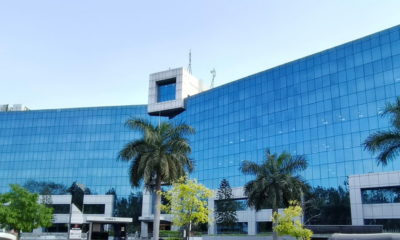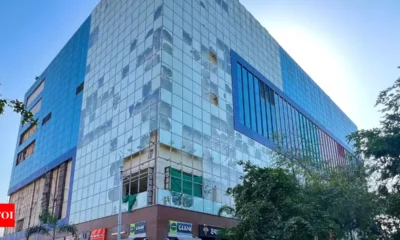Report
Warehousing & logistics sector back on foreign PE investment radar: JLL


The following is the report by Nirav Kothary, National Director – Industrial Services, JLL India
The warehousing and logistics sector in India received a whopping investment of Rs 1,438 crore through two major deals in 2015. This made the overall foreign private equity (PE) inflow into the sector more than even the sum of five deals – Rs 1,350 crore – that took place in 2012. The year 2013 had seen a remarkably low investment. However, Government initiatives in making the policy environment conducive and strengthening of the e-commerce logistics platform post-2014, seems to have resulted in an investment comeback – as seen in 2015.
The promise of high growth in warehousing and logistics is luring not only foreign investors but also private equity firms to India. Policies allowing 100 per cent foreign direct investment (FDI) in warehouses and food storage facilities under automatic routes (where manufacturers can sell their products online directly) as also declaring some zones to be tax-free (i.e. free trade warehousing zones or FTWZs), has made the sector appear on the foreign PE investment radar.
What lies ahead?
Certain measures being taken by the Government currently, is expected to lead to big bang growth in the Indian warehousing and logistics sector:
1. Regulatory improvements: The Government plan to improve the regulatory and taxation regime for a globally competitive environment.
· Rolling out of much-anticipated and debated Goods and Service Tax (GST) in India
· Single-window system along with easy and simple clearance procedures
2. Manufacturing thrust: Current thrust in manufacturing will strengthen and re-configure Indian logistics sector all the more and make it live up to global standards.
· ‘Make in India’ initiative to strengthen the manufacturing base in India
· Delhi Mumbai Industrial Corridor (DMIC) – infrastructure driven industrial investment corridor
· Country-specific investment regions and industrial parks on Public Private Partnership (PPP) model – (E.g. Japan to invest USD 35 billion – Neemrana, Bechraji, Supa; China to invest USD 20 billion in next five years; UK – Belgaum)
3. Connectivity push: Large scale investments in infrastructure sector are set to improve connectivity to every nook and corner of the country.
· Road: Develop a total of 66,117 km of roads i.e. building 30 km of road a day from 2016
· Rail: Heavy duty, high speed, extra-wide, doubly stacked Dedicated Freight Corridors (DFC) in west and east India
· Seaports: Target capacity of over 3,130 MT by 2020 with over 50 per cent anticipated to be generated at privatized non-major ports
· Airports: Plans to develop 200 low-cost airports in Tier II and Tier III towns.
It will be interesting to see how this sector shapes up given the economic transformation and mega-infrastructural projects underway, apart from changes being made to the regulatory regime. GST implementation will indeed be one of the biggest game-changer and it remains to be seen how soon the Parliament allows its passage.
-



 News3 weeks ago
News3 weeks agoKW Delhi 6 Mall Onboards New Brands
-



 News4 weeks ago
News4 weeks agoManasum Senior Living Launches IKIGAI GOA, A Senior Living Community in North Goa, in collaboration with Prescon Homes
-



 News2 weeks ago
News2 weeks agoGodrej Properties Sells Rs 3k cr+ Homes of Godrej Zenith, Gurugram, within 3 days
-



 News4 weeks ago
News4 weeks agoBridging India Divide: Top 5 Tier- 2 Cities to Focus On
-



 News3 weeks ago
News3 weeks agoCommercial Realty Gets Tech Savvy: Fast Construction, Enhanced Convenience
-



 News4 weeks ago
News4 weeks agoMultipoint Connection – A Definite Boon
-



 News3 weeks ago
News3 weeks agoRBI’s Status Quo on Key Policy Rates to Help Maintain the Real Estate Growth Momentum, Say Industry Stalwarts
-



 News1 week ago
News1 week agoOlive Announces Dhruv Kalro as Co-Founder





















